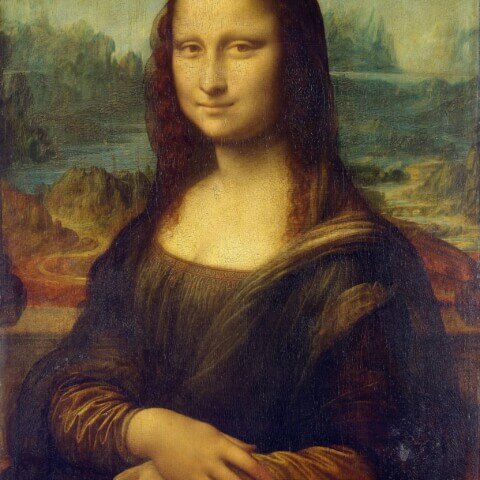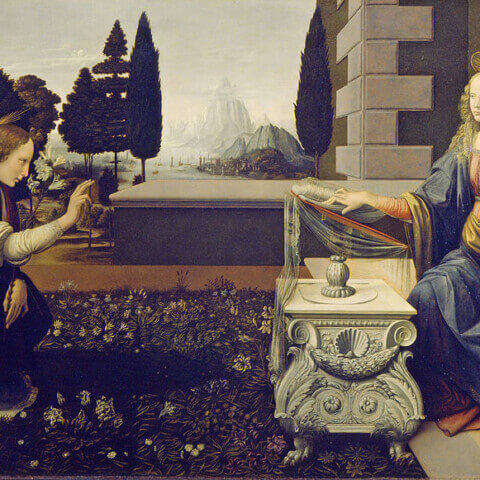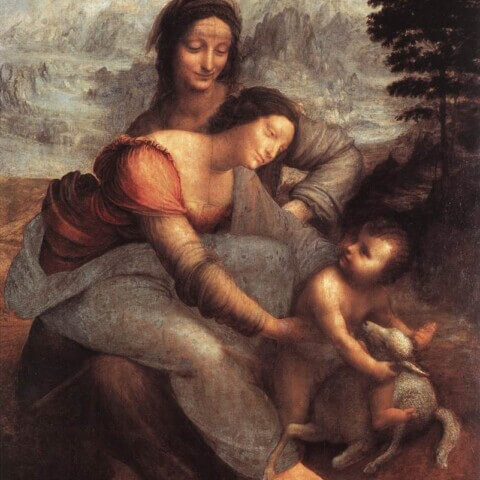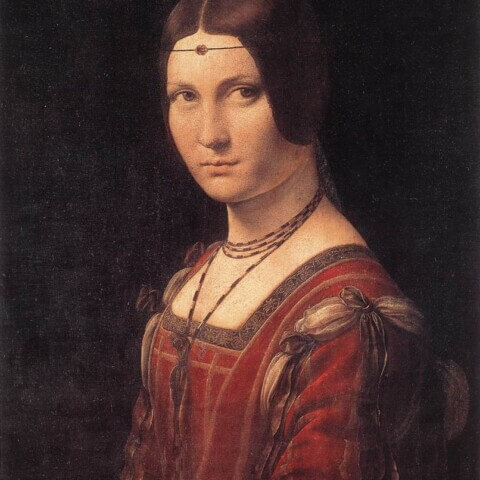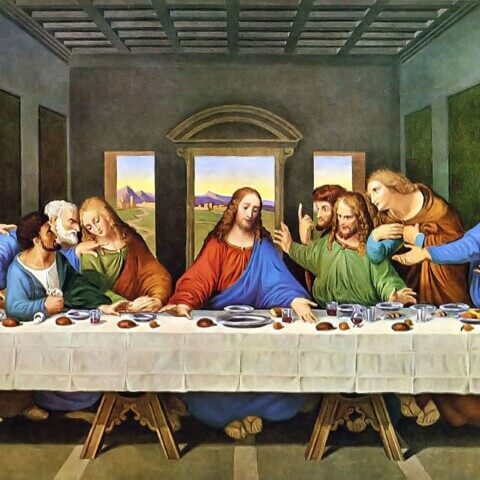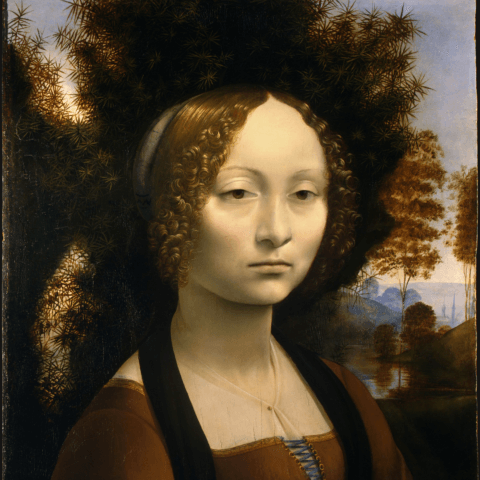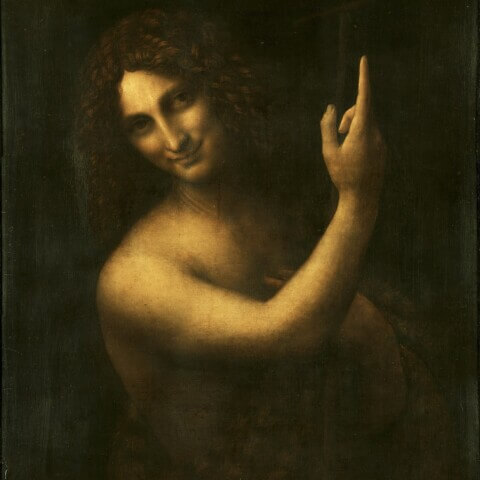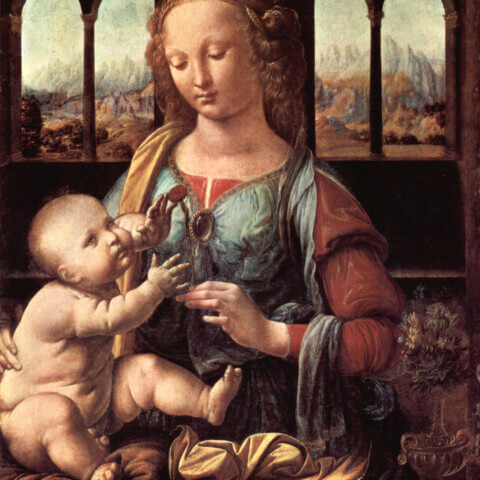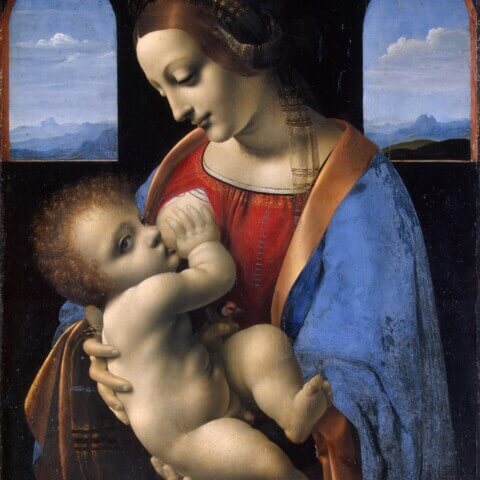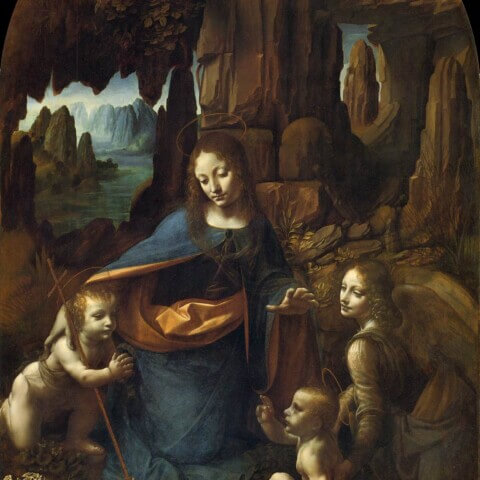Leonardo da Vinci
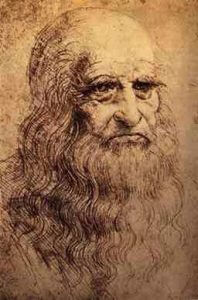
Leonardo da Vinci was a polymath of the High Renaissance who lived between 1452 and 1519, known for his profound contributions to various fields of human endeavor such as art, science, music, mathematics, engineering, and invention. Born in Vinci, Italy, da Vinci became one of the most important figures of the Renaissance, a period marked by renewed interest in the arts and sciences following the Middle Ages.
His art style is characterized by a refined blend of realism and idealism, coupled with an unrivaled ability to capture the subtleties of human anatomy, emotion, and the natural world. Leonardo’s innovative use of linear perspective, sfumato (a technique that blends colors and tones seamlessly), and chiaroscuro (the contrast of light and shadow) enabled him to create some of the most memorable and life-like images in the history of art.
Da Vinci is perhaps most famous for his iconic paintings, “The Mona Lisa” and “The Last Supper.” The “Mona Lisa” is renowned for her enigmatic smile and is often regarded as a model of portrait painting, while “The Last Supper” has been celebrated for its dramatic representation of a biblical scene. His detailed sketches and notebooks reveal an insatiable curiosity and a revolutionary approach to scientific observation.
Apart from being a distinguished artist, Leonardo da Vinci was also a pioneering scientist, with his studies ranging from botany and anatomy to hydraulics and aerodynamics. His breadth of interests and relentless pursuit of knowledge personify the Renaissance ideal of the “universal man” or polymath, making him a figure of enduring fascination and respect.
- 1
- 2

